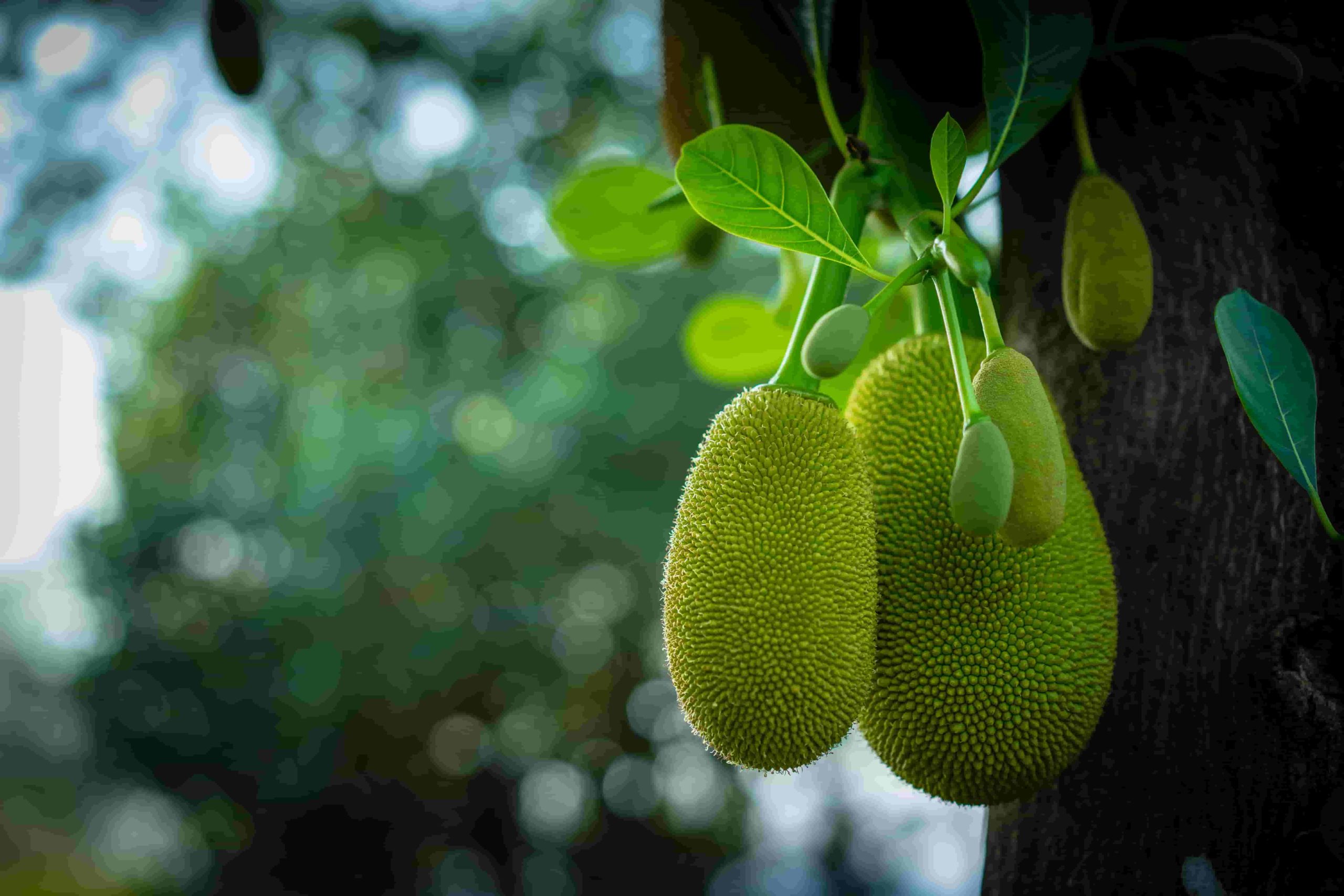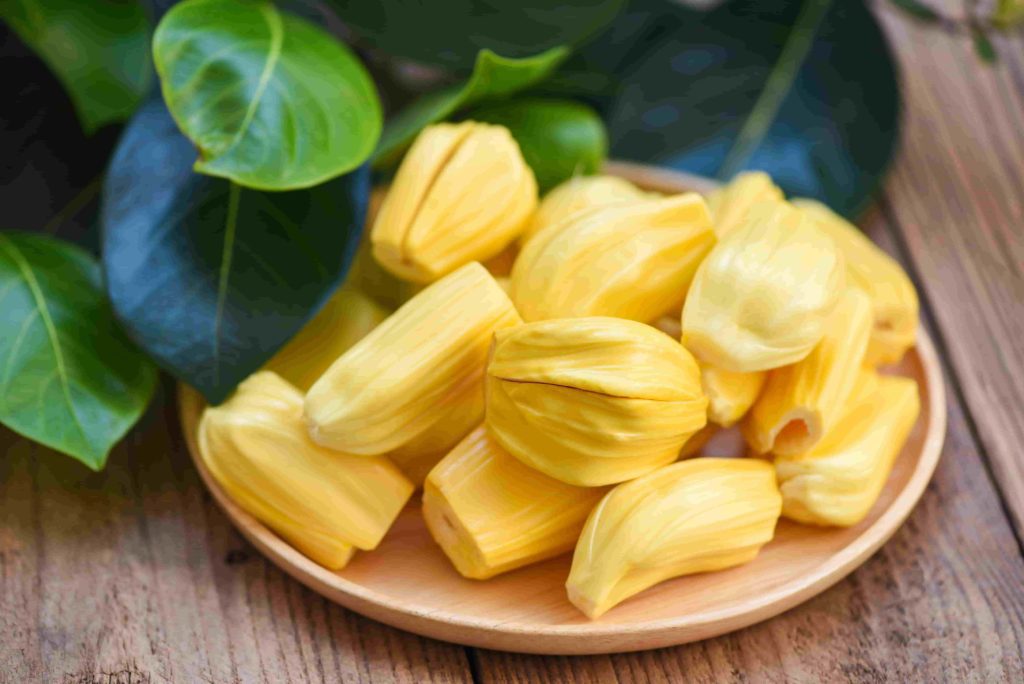Generation Black TV - Live
Jackfruit, its Dark History and How to Incorporate it into Your Diet
Move over avocado, there’s a new ingredient in town.
Jackfruit chilli, pulled jackfruit or jackfruit curry – this new substitute meat is getting quite the culinary attention. So, what the jackfruit are we talking about?
Jackfruit is far from new, and its recent trend can only best be described as a resurgence to its already long and established history. It grows in rain forests and low elevations throughout South Asia and its surrounding regions (India, Burma, Southern China, East Indies and Australia). In these areas, it’s considered a culturally significant foodstuff and is characteristically identified with its extraordinarily large fruit. Known by some as the “King of India”, it has many uses in South Asia. Several parts of the jack tree, including fruits, leaves and bark, have been extensively used in traditional medicine due to its antimicrobial, antifungal, anti-inflammatory, wound healing and hypoglycaemic effects.
The (dark) history of jackfruit
British imperialists used jackfruit as a staple foodstuff to provide cheap nutrition to enslaved and coerced labourers throughout the empire.
The East India Company botanist William Roxburgh introduced the jackfruit to botanical gardens in South India in the late 18th C and advocated for its planting in Ceylon, given the region’s recurrent famine caused or exacerbated by poor British food distribution policies. Hence, long before it became a global vegan phenomenon, jackfruit was known to be a common substitue meat in South Asia, where the Bengali word for the fruit is often translated as “tree mutton”.
British colonizers like Roxburgh advocated for the spreading of breadfruit (its former and well-used name) worldwide to prevent famine and to provide cheap provisions for enslaved populations, which may be how many know about the famous voyages to transport breadfruit to the Caribbean (and not jackfruit to the Caribbean).
 Are some of the claims around jackfruit jacked up?
Are some of the claims around jackfruit jacked up?
Well, yes and no! There’s no denying the nutritional benefits of this fruit.
165g of jackfruit contains a moderate number of calories, where approximately 92% of the calories come from carbs (40g), and the rest come from protein (3g) and a small amount of fat.
It also contains amounts 3g of fibre and some vital vitamins and minerals. These vitamins include Vitamin A, C, Riboflavin, Magnesium, Potassium, Copper and Manganese.
Due to its protein content, this ingredient is unique to other fruits. However, be cautious when it’s touted as a high protein source as it only provides a small source of protein. Anything above 20g (per 100g) is considered a source of protein, while anything above 40g is a very high source.
How to jack up your Meals
There’s no denying the benefit jackfruit can play at the dinner table; a great way to bulk up meals and provide the texture and mouthfeel to substitute meat and the perfect addition to curries, sandwiches, salads and rice dishes. This ingredient can really add an element of flex to your dish.
Another great way is to add it as part of jollof rice to bring out the joys of jackfruit.

 Are some of the claims around jackfruit jacked up?
Are some of the claims around jackfruit jacked up?
